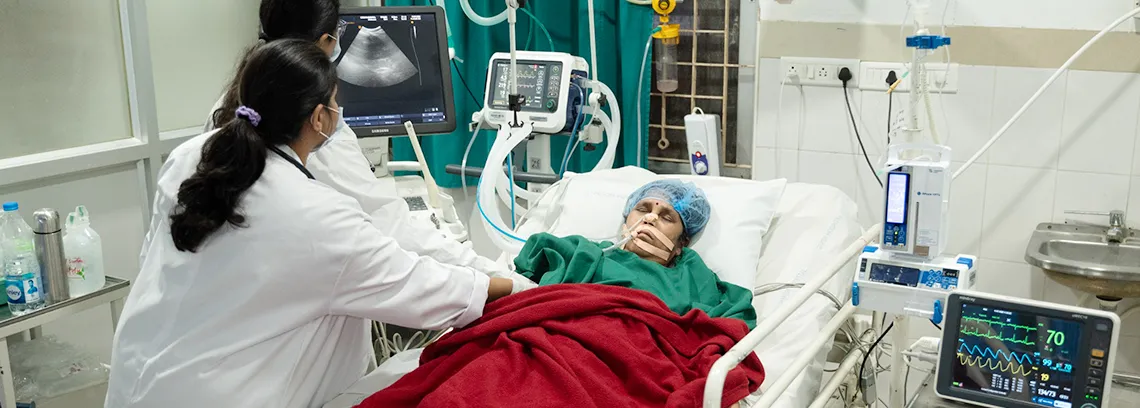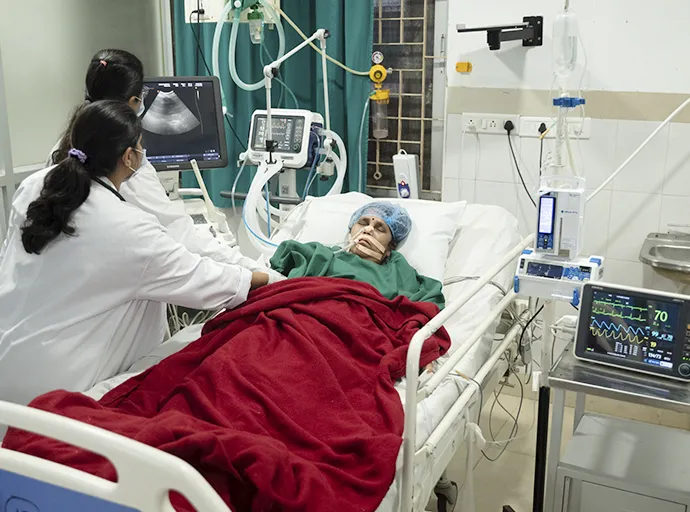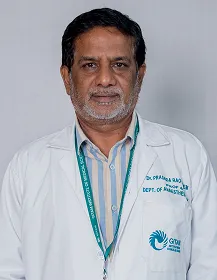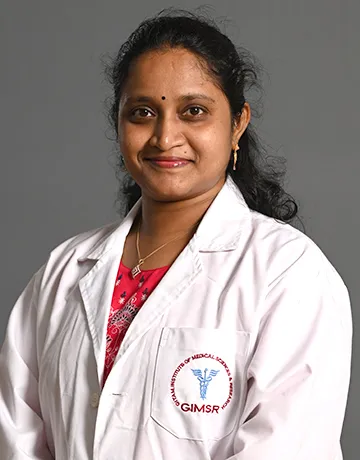Doctor of Medicine in Anaesthesiology
The Doctor of Medicine (MD) in Anaesthesiology is a two-year, full-time programme divided into four semesters of six months each. Beyond the operating room, the field of anaesthesiology plays a vital role in areas such as trauma care, critical care, and pain management, highlighting its broad scope and positive impact on patient outcomes.
Anaesthesiologists are highly trained specialists in pain management, focusing on patient care both before and after surgeries. In India, the programme fees vary depending on the institution offering the course. Graduates can expect competitive starting salaries, which are influenced by their level of experience in the field.
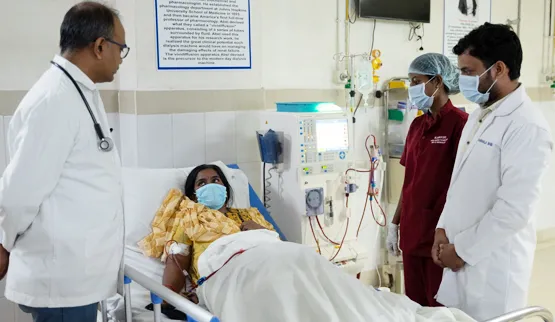
Eligibility
- A minimum of 60% aggregate marks in 10+2 with Physics, Chemistry, and Mathematics.
- Qualifying Exams: GAT (Engineering UG) 2024, JEE Main 2024, AP EAMCET/TS EAMCET 2024.
Scope of the Programme
MD graduates in Anaesthesiology can pursue teaching positions in both public and private sectors, including medical colleges and universities. Opportunities are also available in diverse settings such as nursing homes, health centres, laboratories, and hospitals.
Additionally, anaesthesiologists may establish private practices or work in businesses owned by professionals in the field. These varied career paths offer flexibility and a range of professional environments to suit individual preferences.
Key Highlights
Application Domain Experience of Faculty
- Application Domain Experience of Faculty
- Pain Clinic (Anesthesiology)
- Advanced Research in Anaesthesiology
- Operation Theatres & Intensive Care Unit Management
- Cardiology – Coronary Stents
- Nephrology – Hemodialysis
- Assisted Reproductive Centre
- Orthopaedics – Total Knee Replacement
- Anesthesiology – Pain Clinic
- ENT - Temporal Bone Dissection
Infrastructure
- State-of-the-art modular operation theatres with laminar flow
- Upcoming advanced OTs for cardio-thoracic, neuro, and transplant surgeries
- 15-bed ICU with ventilator support and SICU (Surgical ICU)
- Modern workstations, multipara monitors, MRI, CT Scan, and C-Arm equipment
- 1.5 T High End Magnetic Resonance Imaging
- Modular Operation Theatres
- 128 Slice CT Scan
- RotaPro
- Optical Coherence Tomography
Areas of Excellence
- NABH (National Accreditation Board for Hospitals) compliant facilities
- Active PAC (Pre-Anesthesia Clinic) and Pain Clinic for comprehensive postgraduate training
- Regular participation in national and international conferences, simulation-based learning using high-fidelity mannequins
- Simulation-based Medical Education Unit
- Multi-Disciplinary Translational Research Centre
- Digital Anatomage Table
- Cardiology Catheterization Lab
Practical Exposure
- Hands-on experience in surgical procedures, ICU management, and anaesthetic techniques
- Skill lab with state-of-the-art simulators
- Participation in scientific conferences and workshops
- Institutional Social Responsibility
- Health camps and public awareness activities
- Regular health camps organized by the department for community welfare
- Medical And Surgical Skills Laboratory
- Experiential Field Training
- Trans Disciplinary Electives
- Extentship Training
Hospitals & Academic Collaborations
- Basavatarakam Cancer Hospital
- Infosys Limited
- Silver Oaks Educational Society
- INS Kalinga
Institutional Social Responsibility
- Health Camps
- Health Awareness Activities
- Blood Donation Centre
Syllabus
The curriculum is based on the Competency-Based Medical Education (CBME) framework as directed by the National Medical Commission (NMC). It covers various aspects of anaesthesiology, preparing postgraduates for practical and theoretical challenges in clinical settings. The syllabus includes, but is not limited to:
Standard Track offerings of courses
- Anaesthesia Techniques
- Pain Management
- Emergency and Elective Procedures
- ICU Management
- Clinical Pharmacology in Anaesthesia
- Research Methodologies in Anaesthesiology
- Physiology
- Microbiology
- Ophthalmology
- Anatomy
- Pathology
- ENT
- Biochemistry
- Pharmacology
- General Medicine
- Yoga and Meditation
- Forensic Medicine & Toxicology
- Community Medicine
- General Surgery & Orthopaedics
- Pediatrics
- Obstetrics & Gynecology
Key Topics Covered
- Anatomy – lower & upper airway, diaphragm
- Physics – Breathing system, fluidics, diathermy, oxygen therapy, gas laws
- Physiology – Anaesthesia theories, Nervous peripheral systems, ECG, N-M Junction
Career Options
After completing an MD in Anaesthesiology, professionals have diverse and promising career opportunities, particularly as the demand for anaesthesia services grows. With the projected growth of the India Anaesthesia Devices Market, expected to reach USD 685.85 million by 2029 at a CAGR of 7.5%, technological advancements in anaesthesia devices are driving increased demand for skilled anaesthesiologists.
The rise in surgeries, particularly in areas such as cardiovascular diseases, trauma, and chronic conditions, also boosts the need for anaesthesia expertise. Anaesthesiologists can find employment in hospitals, private practices, health centres, and laboratories, with the increasing number of surgeries requiring their specialised skills in pain management and patient care during complex procedures.
Anaesthesiologists can pursue careers in intensive care units (ICUs), where their expertise in sedation and respiratory management is critical. Additionally, the high surgical demand in areas such as ophthalmology, obstetrics, and general surgery provides steady job prospects in both public and private sectors, making anaesthesiology a vital and evolving field in India's healthcare system. However, professionals should be mindful of challenges such as the high cost of devices and reimbursement issues, which may impact certain career paths.
Graduates from this programme can pursue careers in various sectors such as:
- Anaesthetist
- Critical Care Specialist
- Consultant Anaesthesia
- Senior Resident
- Professor
Infrastructure That Empowers Medical Excellence
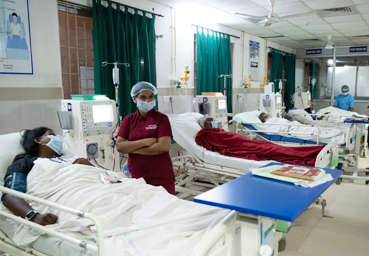
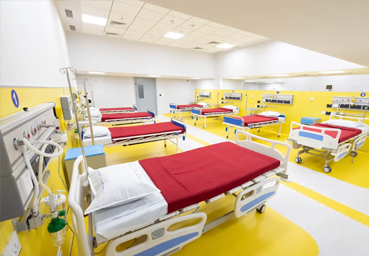
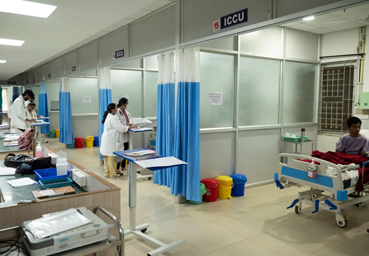
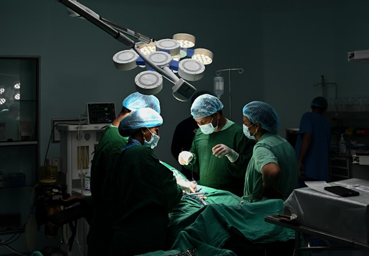

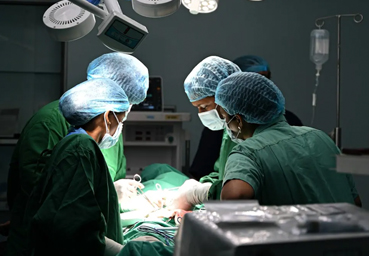
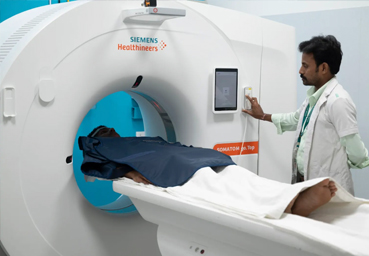
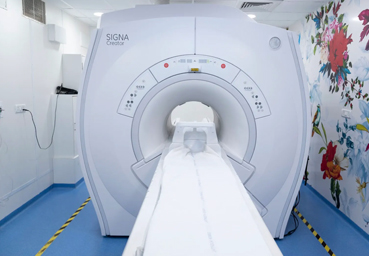
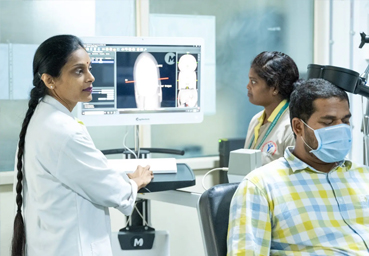
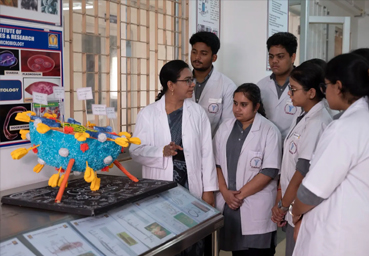
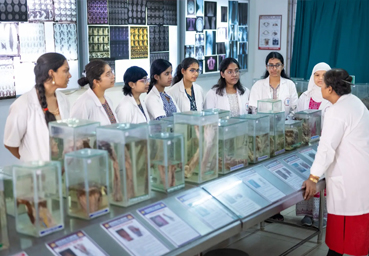
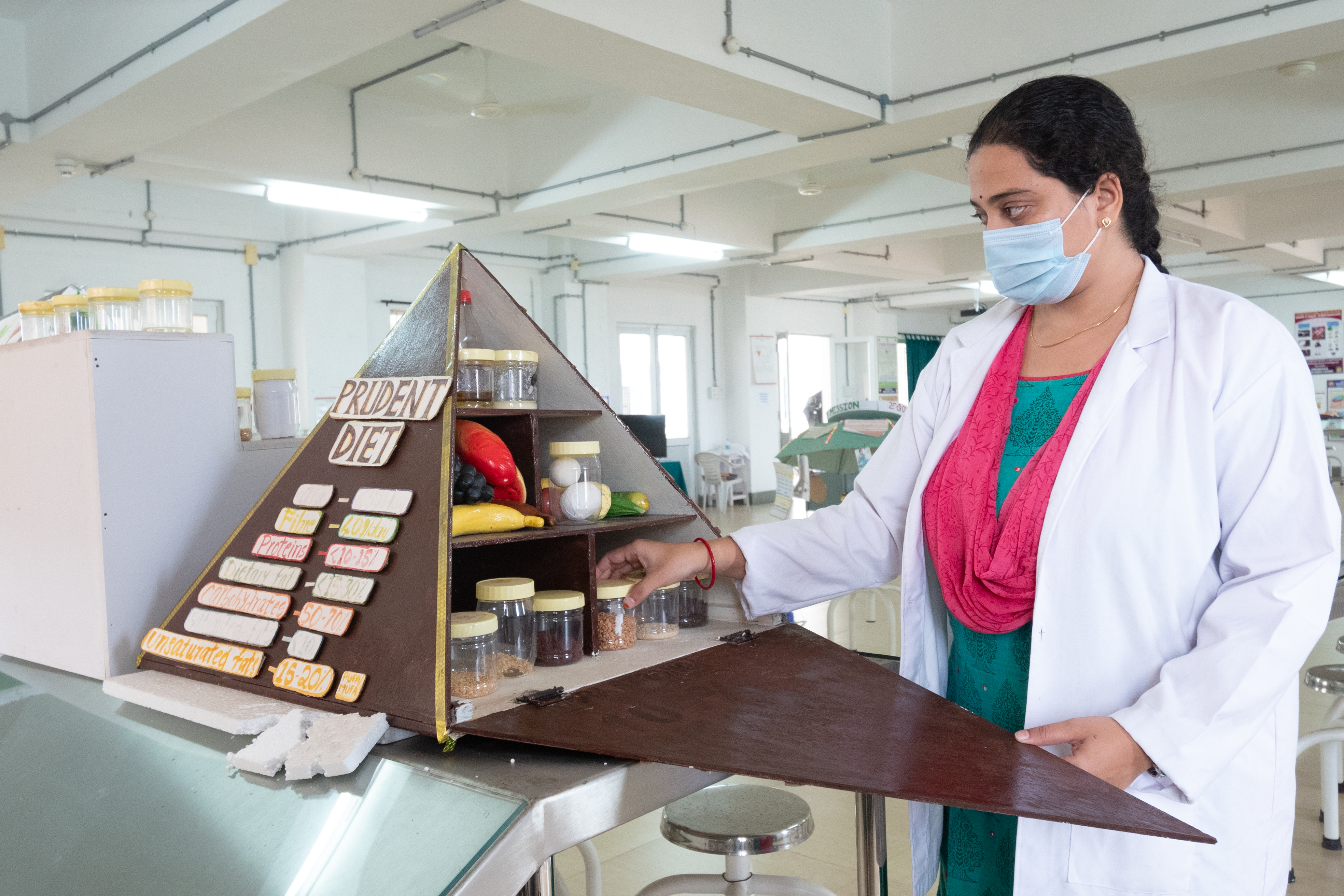

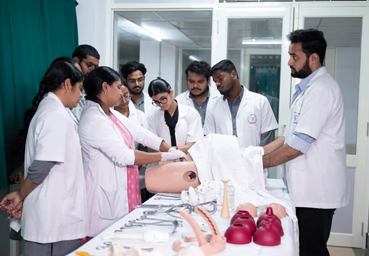
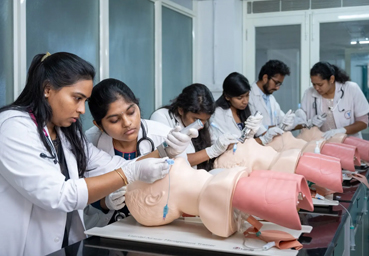
Fee Structure
MD (Anaesthesiology)
Scholarships
Merit-Based Scholarships
The scholarship from GAT/National/State Entrance Tests applies only in the first year. To continue receiving it in subsequent years, a minimum CGPA of 8.0 must be maintained.
Apart from the above, the following scholarships are also offered to eligible students.
- Employee Children Scholarships: (60%, 40%, and 20%)
- Loyalty Scholarships: (10% for Any alumni returning to do higher studies/Children of Alumni/Real siblings (Not applicable to step siblings or cousins)/Children of retired employees of GITAM/Spouse of GITAM employees).
- Sports Scholarships: (100%, 75%, 50%, 25% and 15%)
Need-Based Scholarships
- To be eligible for the need-based scholarship, the combined income of both parents/guardians of the eligible student/If the student is married, the combined income of the family, i.e., the student's and spouse's income, must be less than 12.00 LPA.
- The candidates admitted through merit scholarship in the slabs of 75%, 60%, 40%, 25%,and 15%, and the parents/guardians combined income is less than the prescribed limits are eligible for the additional need-based scholarship.
| Scholarship % | Upgraded Scholarship % |
|---|---|
| 75% | 100% |
| 60% | 75% |
| 40% | 60% |
| 25% | 40% |
| 15% | 25% |
Scholarships For Accommodation
- In addition, students awarded need-based scholarships after merit scholarships will receive an additional 20% scholarship specifically allocated for hostel fees at GITAM for slabs: 15%, 25%, 40%, and 60%.
- Students awarded 75% & 100% scholarships are also awarded the same percentage in the hostel and food charges.
Scholarship Percentage
100%
Eligibility for 2025
GAT 2025 Score >=141 <=200
GPAT Rank >=1 <=500
AP PGCET 2025 Marks >=110 <=120
TS CPGET 2025 Marks >=95 <=100
Scholarship Percentage
75%
Eligibility for 2025
GAT 2025 Score >=121 <=140
GPAT Rank >=501 <=1000
AP PGCET 2025 Marks >=100 <=109
TS CPGET 2025 Marks >=85 <=94
Scholarship Percentage
60%
Eligibility for 2025
GAT 2025 Score >=111 <=120
GPAT Rank >=1001 <=2000
AP PGCET 2025 Marks >=90 <=99
TS CPGET 2025 Marks >=80 <=84
Scholarship Percentage
40%
Eligibility for 2025
GAT 2025 Score >=101 <=110
GPAT Rank >=2001 <=3000
AP PGCET 2025 Marks >=80 <=89
TS CPGET 2025 Marks >=75 <=79
Scholarship Percentage
25%
Eligibility for 2025
GAT 2025 Score >=91 <=100
GPAT Rank >=3001 <=4000
AP PGCET 2025 Marks >=70 <=79
TS CPGET 2025 Marks >=65 <=74
Scholarship Percentage
15%
Eligibility for 2025
GAT 2025 Score >=81 <=90
GPAT Rank >=4001 <=6000
AP PGCET 2025 Marks >=55 <=69
TS CPGET 2025 Marks >=50 <=64




